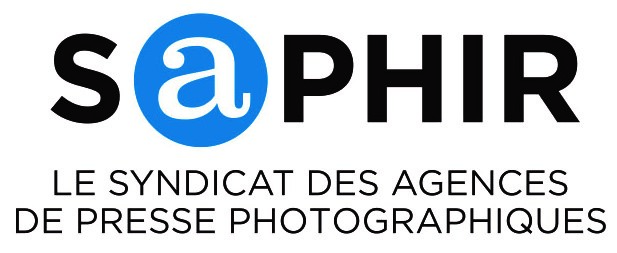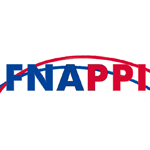Not all Links are Equal or how clarifying difference between Simple Hyperlinking and Framing will help closing the value gap in the image sector
The Value Gap: how the online economy has shifted value from the producer of content to the distributor of this content
“Images have made the internet the vibrant and engaging place we enjoy today. Compelling, professionally produced imagery is essential for any website wishing to capture and retain the interest of web users globally. However, over the last 10-15 years, inadequate protection of images in the digital space has shifted the value from those that create images to those that provide the platforms for viewing and sharing images. Whilst all of the costs of production and distribution remain with the creators, the benefits are increasingly realised by aggregators that merely copy or display third party images at no cost.” (CEPIC White Paper on the Protection of Images Online)
Not all hyperlinks are equal…
In the CEPIC White Paper on the Protection of Images Online we provide a disctinction between Simple Hyperlinks and Framed Links.
- Simple hyperlinks link one web page to another. This type of hyperlinks allows navigation on the Internet, it generates traffic to and interaction on the hosting website;
- Framed Links (Framing) display the entire work (image) as part of the actual link. In this way, the image appears as if published on the framing website, when in fact it is still hosted on the original website.
In the CEPIC White Paper, published in June 2015, we argue that hyperlinking that does not frame whole or substantial parts of copyright works is fine and should be encouraged by legislator.
Framed hyperlinks on the other hand severly interfer with the normal exploitation of visual works online. Whilst other types of hyperlinks merely help users to visit the source website where content is displayed, framing of images, in contrast, renders any such visit unnecessary as it effectively displays the content directly on the website embedding the frame. Once a full size image has been viewed there is no need to visit the source website. Consumption of images is immediate and complete. The source-website does not receive any traffic from the framing-website that uses its content. The source-website therefore also has no opportunity to collect any attendant data generated from people viewing its images.
Framing has a devastating effect for the visual licensing sector:
- Image search engines are the most obvious example of the “framing” loophole being exploited. The experience of CEPIC members is that this is where most people go to view images and to “right-click” copy them for their own use.
- As framed images act as substitutes for the originally published works, they deprive the original publishers (our members and their paying clients) of the opportunity to collect viewing data. But our members and their paying clients still need to bear all the costs of creating, licensing and hosting the image.
- This all serves as a deterrent for existing clients to continue licensing content, forcing down the value of images and level of investment available for creating new professionally produced content.
On the Need to clarify the Communication to the Public in the InfoSoc Directive
In the image sector, we have seen how recent case law – Svensson and BestWater International – has come to radically devalue the right of “communication to the public” under the current InfoSoc Directive. The European Court of Justice is currently unable to make the crucial distinction between “framing” hyperlinks and other types of hyperlinks, the Court thus has no choice but to exclude them both from the scope of the right of “communication to the public”.
In view of the current legal framework, we therefore strongly believe that a clarification of the right of “communication to the public” is necessary to reestablish a level playing field in the EU market.
As per the CEPIC White Paper on Protecting Images Online, this could easily be done without breaking the internet and without restricting all other types of hyperlinking. Platforms may need to adopt their practices but will not disappear. All CEPIC and their members ask is that copyright works are recognized and compensated for like other raw materials. As per the CEPIC White Paper, this could also involve expressly recognizing that use of works in a manner that is truly indispensable for navigational purposes is exempt – but first the “communication to the public” definition must be clarified.
Clarifying the right of “communication to the public” would lay the groundwork and provide the incentive for search engines and other aggregators to embark upon licensing discussions with copyright owners. This will give rise to new and innovative licensing models, giving new entrants a chance of competing against the incumbent platform giants.
Ergo …
CEPIC urges the Commission to translate its strong political commitment to achieve a fairer allocation of value generated by the online distribution of copyrighted content into meaningful legal solutions to remedy the transfer of value in the image sector and provide a level playing field in the online market.








